By Ojo Emmanuel Ademola
In today’s world filled with screens and artificial environments, “keep going, keep exercising” is not just about physical activity—it’s a powerful call to action for resilience and intentional living. We must prioritise holistic health, recognising the vital need to nurture our bodies and minds in the face of digital distractions. This is an essential pursuit for a balanced and fulfilling life.
Value Chain of Wholeness: From Fragmentation to Integration
The value chain underscores the interconnected challenges and solutions of contemporary living. We must promptly address the pressures of digital overload and a sedentary lifestyle. Practices such as digital detoxes and mindful scheduling have become essential tools in addressing these issues effectively.
As individuals transition into the processing stage, they frequently encounter mental exhaustion and emotional detachment. To counter these challenges, engaging in reflective thinking and journaling can be beneficial. Adopting practices such as meditation, therapy, and spiritual activities can further enhance well-being during this time.
As you embark on your transformative journey, you’ll face an exciting shift in your identity and purpose. Now is the perfect time to reconnect with what truly matters to you! Embracing your core values can ignite your passion, allowing you to live intentionally and engage with your community. Get ready to make a vibrant impact!
In the final stages of personal development, individuals must confront physical weakness and burnout stemming from previous challenges. To overcome this, it’s essential to transform our perspective on productivity. Prioritising regular exercise and immersing ourselves in nature is imperative for rejuvenating body and mind, effectively restoring balance and vitality.
Addressing sustainability through systems thinking is crucial during the feedback loop stage. Habit tracking and AI-assisted wellness tools are key for lasting change and improved well-being, creating a pathway from identifying issues to implementing effective solutions for a healthier life.
Mind: Cognitive and Emotional Fitness
In today’s digital world, information fatigue is common, leading to mental exhaustion and reduced retention. Constant connectivity can cause anxiety and stress, while distractions from notifications and social media fragment attention spans, making it hard to focus on tasks.
Prioritising cognitive and emotional fitness is essential. Cognitive fitness includes practices like mindfulness and structured breaks to enhance mental clarity. Emotional fitness builds resilience to stress through self-reflection and open communication. Together, these practices help individuals manage information effectively while maintaining overall well-being.
Additionally, there are other factors to consider:
Mindfulness Meditation: This practice involves focusing on the moment while calmly acknowledging and accepting your feelings, thoughts, and bodily sensations. It helps in reducing stress and anxiety, enhances emotional regulation, and fosters a greater awareness of oneself and the surrounding environment. Regular practice can lead to improved concentration and a profound sense of peace.
Cognitive Behavioural Techniques: These are strategies rooted in cognitive behavioural therapy (CBT) that aim to identify and challenge negative thought patterns. By recognising how thoughts influence emotions and behaviours, individuals can develop healthier thinking habits, which can significantly reduce symptoms of depression and anxiety. Techniques may include journaling, cognitive restructuring, and developing coping strategies to deal with challenging situations.
Digital Minimalism: This approach advocates for reducing
the time spent on digital devices and social media to create a more intentional and meaningful life. By setting boundaries on technology use, individuals can reclaim time for face-to-face interactions, hobbies, and self-care practices, ultimately leading to enhanced mental clarity, better relationships, and increased productivity.
Learning New Skills to Build Neuroplasticity: Engaging in activities that challenge the brain—such as learning a new language, musical instrument, or hobby—promotes neuroplasticity, the brain’s ability to rewire itself. This enhances cognitive functions like memory and critical thinking and contributes to emotional resilience and overall mental well-being. Embracing lifelong learning can lead to greater adaptability in life’s challenges and improved self-esteem.
Soul: Meaning, Purpose, and Connection
The individual faces significant challenges, marked by a profound sense of spiritual emptiness. This feeling is compounded by a pervasive loneliness and an overwhelming exhaustion resulting from the various trials of life.
Get excited for an electrifying discussion ahead! We’re about to explore some fascinating trends that will spark your curiosity and ignite your imagination!
Healing practices include various approaches that enhance emotional and spiritual well-being, such as faith-based activities and spiritual reflection that deepen belief connections. Community service and storytelling are essential as they build social ties and allow individuals to share experiences, providing comfort through community support.
Engaging in art, music, and cultural rituals offers creative outlets for healing and self-expression while connecting to cultural heritage. Purpose mapping and legacy thinking help individuals reflect on their life’s mission and desired impact, providing direction and fulfilment. Together, these practices create a holistic approach to personal and communal healing.
Strength: Physical and Energetic Vitality
Issues: Sedentary habits, poor sleep, chronic stress
Healing practices encompass a variety of approaches aimed at enhancing well-being. Key components include movement techniques such as yoga, walking, and strength training, which help to promote physical health and vitality.
Breathwork and good sleep hygiene are essential for a balanced mind and body. Proper nutrition that aligns with natural rhythms supports overall health. Additionally, nature-based therapies like ecotherapy and grounding help reconnect with the natural world, aiding in the healing process.
Digital Synergy: Using Tech to Heal, Not Harm
Examples of digital tools and practices that support healing:
In today’s wellness landscape, technology plays a pivotal role in personal health management. Personalised wellness coaching and habit tracking through various applications empower individuals to tailor their health journeys.
Wearables with biofeedback help manage stress and improve sleep. Virtual communities, like support groups and fitness tribes, offer social connections and motivation. The idea of digital sabbaths promotes taking breaks from technology for mental restoration. Together, these elements foster a holistic approach to wellness in the digital age.
Solutions Framework: The Wholeness Ecosystem
You could even model this as a ‘Wholeness-as-a-Service’ (WaaS) framework — integrating:
Data: Collecting biometrics like heart rate, sleep patterns, and activity levels alongside mood tracking gives a broad view of an individual’s well-being. This data reveals how habits and external factors affect mental and physical health, helping users recognise patterns and triggers.
AI: Artificial intelligence uses advanced algorithms to analyse data, reveal trends, and provide personalised insights and recommendations. This helps users make informed decisions to improve their well-being and achieve personal goals.
Community: A supportive network fosters belonging and accountability by connecting like-minded individuals. Sharing experiences and challenges creates an environment for motivation and celebration of progress.
Rituals: Daily practices that nurture the mind, soul, and body enhance resilience and wellness. Rituals like meditation, gratitude journaling, and exercise create a balanced routine that promotes mental clarity, emotional stability, and physical strength for a healthier lifestyle.
Conclusion:
In a world increasingly dominated by screens, speed, and synthetic solutions, the imperative to keep moving forward transcends mere motivation—it is a decisive act of reclaiming our humanity. Natural healing and wholeness are not relics of the past; they are the foundation of the bold future we are poised to create. As we navigate the digital age, we must relentlessly embrace the wisdom of our roots, harness the power of our breath, and tap into the resilience of our bodies.
This is your moment to rise—not in opposition to technology, but in powerful harmony with it. Choose wholeness. Choose presence. Choose to keep going—not just for survival, but for profound transformation.
The journey may be challenging, but it is absolutely essential. It begins with one decisive step: keep going.
Mind: Cognitive and Emotional Fitness
In today’s digital world, information fatigue is common, leading to mental exhaustion and reduced retention. Constant connectivity can cause anxiety and stress, while distractions from notifications and social media fragment attention spans, making it hard to focus on tasks.
Prioritising cognitive and emotional fitness is essential. Cognitive fitness includes practices like mindfulness and structured breaks to enhance mental clarity. Emotional fitness builds resilience to stress through self-reflection and open communication. Together, these practices help individuals manage information effectively while maintaining overall well-being.
Additionally, there are other factors to consider:
Mindfulness Meditation: This practice involves focusing on the moment while calmly acknowledging and accepting your feelings, thoughts, and bodily sensations. It helps in reducing stress and anxiety, enhances emotional regulation, and fosters a greater awareness of oneself and the surrounding environment. Regular practice can lead to improved concentration and a profound sense of peace.
Cognitive Behavioural Techniques: These are strategies rooted in cognitive behavioural therapy (CBT) that aim to identify and challenge negative thought patterns. By recognising how thoughts influence emotions and behaviours, individuals can develop healthier thinking habits, which can significantly reduce symptoms of depression and anxiety. Techniques may include journaling, cognitive restructuring, and developing coping strategies to deal with challenging situations.
Digital Minimalism: This approach advocates for reducing the time spent on digital devices and social media to create a more intentional and meaningful life. By setting boundaries on technology use, individuals can reclaim time for face-to-face interactions, hobbies, and self-care practices, ultimately leading to enhanced mental clarity, better relationships, and increased productivity.
Learning New Skills to Build Neuroplasticity: Engaging in activities that challenge the brain—such as learning a new language, musical instrument, or hobby—promotes neuroplasticity, the brain’s ability to rewire itself. This enhances cognitive functions like memory and critical thinking and contributes to emotional resilience and overall mental well-being. Embracing lifelong learning can lead to greater adaptability in life’s challenges and improved self-esteem.
Soul: Meaning, Purpose, and Connection
The individual faces significant challenges, marked by a profound sense of spiritual emptiness. This feeling is compounded by a pervasive loneliness and an overwhelming exhaustion resulting from the various trials of life.
Get excited for an electrifying discussion ahead! We’re about to explore some fascinating trends that will spark your curiosity and ignite your imagination!
• Healing practices include various approaches that enhance emotional and spiritual well-being, such as faith-based activities and spiritual reflection that deepen belief connections. Community service and storytelling are essential as they build social ties and allow individuals to share experiences, providing comfort through community support.
• Engaging in art, music, and cultural rituals offers creative outlets for healing and self-expression while connecting to cultural heritage. Purpose mapping and legacy thinking help individuals reflect on their life’s mission and desired impact, providing direction and fulfilment. Together, these practices create a holistic approach to personal and communal healing.
Strength: Physical and Energetic Vitality
Issues: Sedentary habits, poor sleep, chronic stress
• Healing practices encompass a variety of approaches aimed at enhancing well-being. Key components include movement techniques such as yoga, walking, and strength training, which help to promote physical health and vitality.
• Breathwork and good sleep hygiene are essential for a balanced mind and body. Proper nutrition that aligns with natural rhythms supports overall health. Additionally, nature-based therapies like ecotherapy and grounding help reconnect with the natural world, aiding in the healing process.
Digital Synergy: Using Tech to Heal, Not Harm
Examples of digital tools and practices that support healing:
• In today’s wellness landscape, technology plays a pivotal role in personal health management. Personalised wellness coaching and habit tracking through various applications empower individuals to tailor their health journeys.
• Wearables with biofeedback help manage stress and improve sleep. Virtual communities, like support groups and fitness tribes, offer social connections and motivation. The idea of digital sabbaths promotes taking breaks from technology for mental restoration. Together, these elements foster a holistic approach to wellness in the digital age.
Solutions Framework: The Wholeness Ecosystem
You could even model this as a ‘Wholeness-as-a-Service’ (WaaS) framework — integrating:
• Data: Collecting biometrics like heart rate, sleep patterns, and activity levels alongside mood tracking gives a broad view of an individual’s well-being. This data reveals how habits and external factors affect mental and physical health, helping users recognise patterns and triggers.
• AI: Artificial intelligence uses advanced algorithms to analyse data, reveal trends, and provide personalised insights and recommendations. This helps users make informed decisions to improve their well-being and achieve personal goals.
• Community: A supportive network fosters belonging and accountability by connecting like-minded individuals. Sharing experiences and challenges creates an environment for motivation and celebration of progress.
• Rituals: Daily practices that nurture the mind, soul, and body enhance resilience and wellness. Rituals like meditation, gratitude journaling, and exercise create a balanced routine that promotes mental clarity, emotional stability, and physical strength for a healthier lifestyle.
Conclusion:
In a world increasingly dominated by screens, speed, and synthetic solutions, the imperative to keep moving forward transcends mere motivation—it is a decisive act of reclaiming our humanity. Natural healing and wholeness are not relics of the past; they are the foundation of the bold future we are poised to create. As we navigate the digital age, we must relentlessly embrace the wisdom of our roots, harness the power of our breath, and tap into the resilience of our bodies.
This is your moment to rise—not in opposition to technology, but in powerful harmony with it. Choose wholeness. Choose presence. Choose to keep going—not just for survival, but for profound transformation.
The journey may be challenging, but it is absolutely essential. It begins with one decisive step: keep going.j

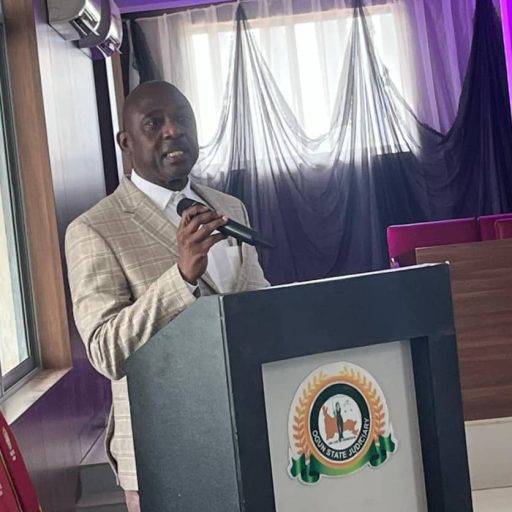

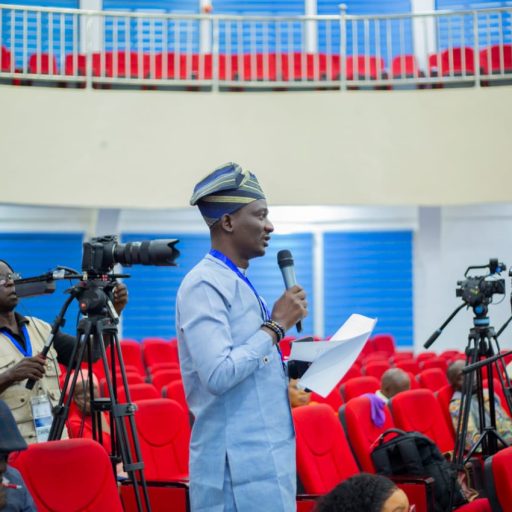
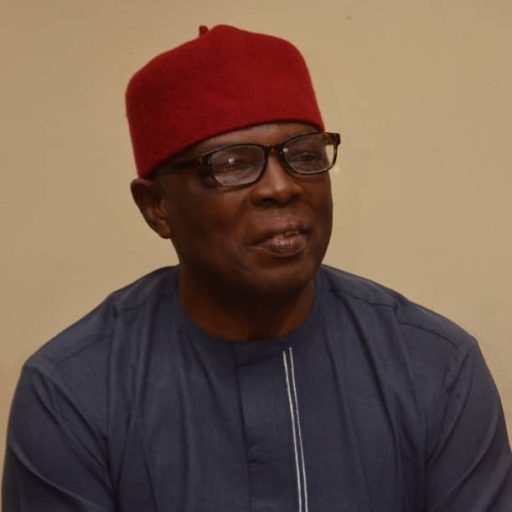
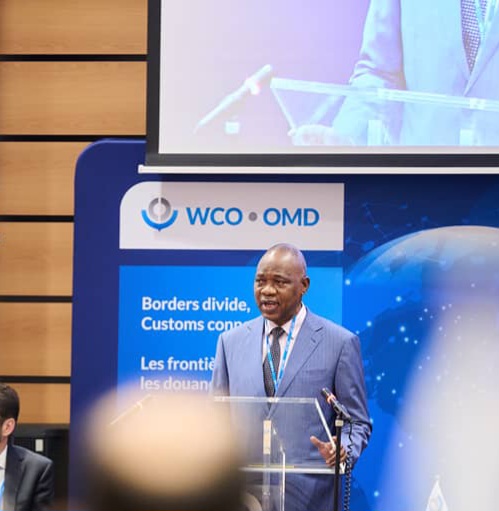


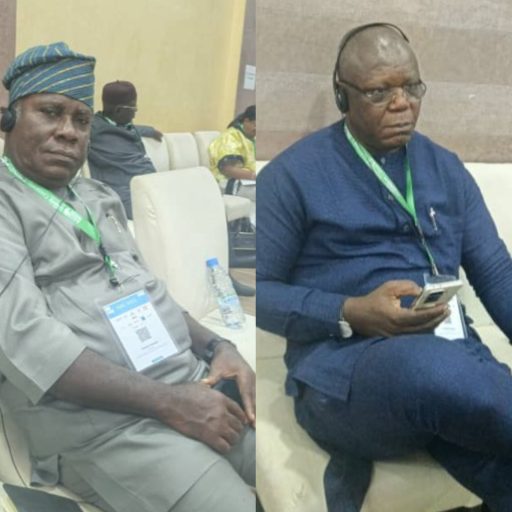


Leave a Reply